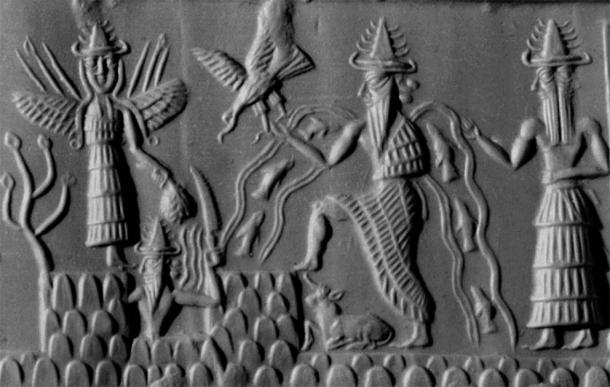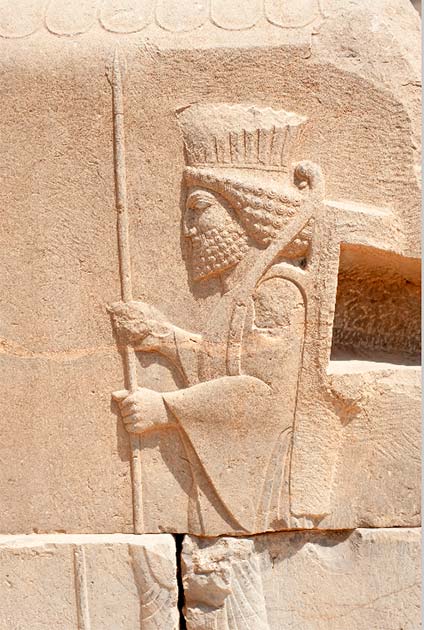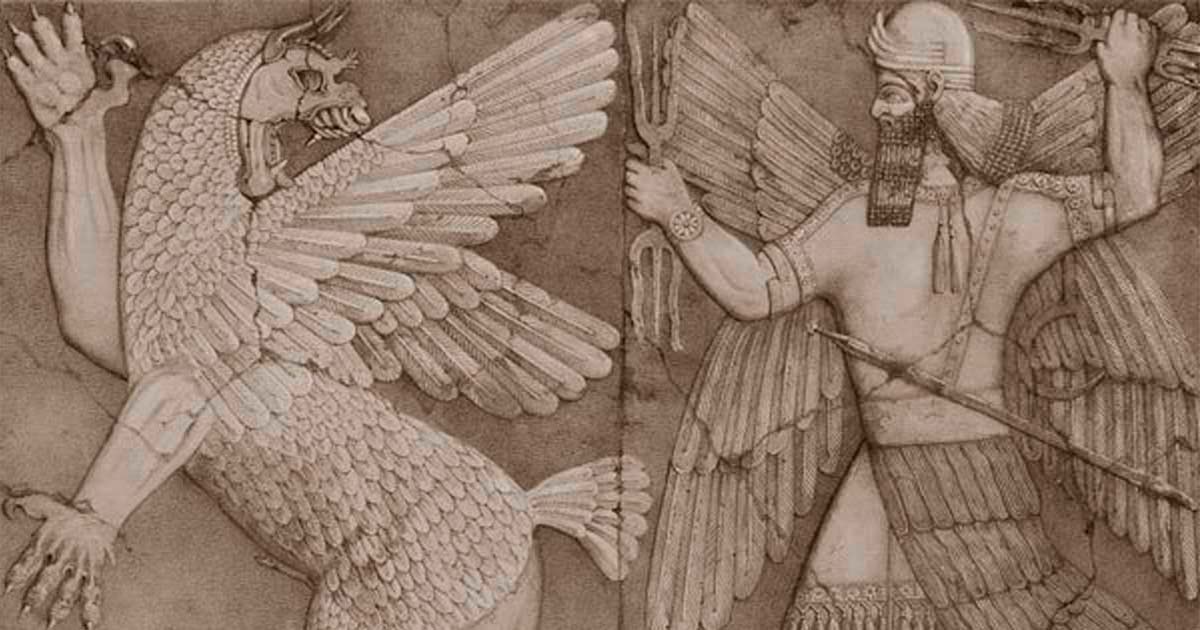This is not a small question and this is really our earliest source coming in three thousand years before thge bible. My first large problem is that the translaters used the words for humanity as servants to folk they call gods.. And just about nothing else is here.
We have the primeval Apsu who produces beings able to work on earth. nothing is dsaid about how he comes about and we do not know how a being does work on earth. but then one of these beings is destroyed and mixed with clay or aspects of earth. Easily explained as genetic engineering to produce a working human. We are getting there.
The beings likely expressed themselves as annuki or any other type of creature as well. Humanity grew crops and more men to then go and work with the beings. clearly these were trainable men and that matters.
All this fits our known time lines as well and why humanity was created using established lineages but hugely upgraded.. Again we have human creation around 200,000 BC followed by global distribution. We then lost mind to mind around 45,000 Bc. Our first emergence lasted until 12900BP when we got out of the way and produced the Pleistocene nonconfirmity to end the Great Ice Age. We then returned around 10,000Bp and produced communities until the Beings withdrew allowing us to do our thing as fast as possible while forgetting most of our past.
The Origins of Human Beings According to Ancient Sumerian Texts
UPDATED 7 AUGUST, 2023 - 14:54 JOHNBLACK
https://www.ancient-origins.net/human-origins-folklore/sumerian-texts-0065?
Sumer, or the ‘land of civilized kings’, flourished in Mesopotamia, now modern-day Iraq, around 4500 BC. Sumerians created an advanced civilization with its own system of elaborate language and writing, architecture and arts, astronomy and mathematics. Their religious system was a complex one comprised of hundreds of gods. According to the ancient texts, each Sumerian city was guarded by its own god; and while humans and gods used to live together, the humans were servants to the gods.
The Tablet of Nippur: Discovering the Ancient Sumerian Texts
As one of the earliest known written creation stories, the Sumerian creation legend holds significant importance offering valuable insights into the religious, political, and cultural aspects of ancient Mesopotamia.Eden Revisited: The Sumerian Version
The Sumerian creation myth can be found on a tablet in Nippur, an ancient Mesopotamian city founded in approximately 5000 BC. The creation of Earth ( Enuma Elish ) according to the Sumerian tablets begins like this:
When in the height heaven was not named,
And the earth beneath did not yet bear a name,
And the primeval Apsu, who begat them,
And chaos, Tiamut, the mother of them both
Their waters were mingled together,
And no field was formed, no marsh was to be seen;
When of the gods none had been called into being,
And none bore a name, and no destinies were ordained;
Then were created the gods in the midst of heaven,
Lahmu and Lahamu were called into being...
The texts mention that at some point the gods mutinied against their labor.
When the gods like men
Bore the work and suffered the toll
The toil of the gods was great,
The work was heavy, the distress was much.

The figures can be identified as gods by their pointed hats with multiple horns. The figure with streams of water and fish flowing from his shoulders is Ea (Sumerian Enki), god of subterranean waters and of wisdom. Behind him stands Usimu, his two-faced vizier (chief minister). At the centre of the scene is the sun-god, Shamash (Sumerian Utu), with rays rising from his shoulders. He is cutting his way through the mountains in order to rise at dawn. To his left is a winged goddess, Ishtar (Sumerian Inanna). The weapons rising from her shoulders symbolise her warlike characteristics. ( Public Domain )
The Unity of God and Man: How the First Human Came into Existence
Anu, the god of gods, agreed that their labour was too great. His son Enki, or Ea, proposed to create man to bear the labour, and so, with the help of his half-sister Ninki, he did. A god was put to death, and his body and blood was mixed with clay. From that material the first human being was created, in likeness to the gods.
You have slaughtered a god together
With his personality
I have removed your heavy work
I have imposed your toil on man.
…
In the clay, god and man
Shall be bound,
To a unity brought together;
So that to the end of days
The Flesh and the Soul
Which in a god have ripened –
That soul in a blood-kinship be bound.
This first man was created in Eden, a Sumerian word which means ‘flat terrain’. In the Epic of Gilgamesh , Eden is mentioned as the garden of the gods and is located somewhere in Mesopotamia between the Tigris and Euphrates rivers.

Adapa, the first human being in ancient Sumerian Texts failed to answer the question of “the bread and water of life” Anu. ( AAref/Adobe Stock)
Initially human beings were unable to reproduce on their own, but were later modified with the help of Enki and Ninki. Thus, Adapa was created as a fully functional and independent human being. This ‘modification’ was done without the approval of Enki’s brother, Enlil, and a conflict between the gods began. Enlil became the adversary of man, and the Sumerian tablet mentions that men served gods and went through much hardship and suffering.Garden of Eden Depicted in Ancient Greek Religious Art
Adapa, with the help of Enki, ascended to Anu where he failed to answer a question about ‘the bread and water of life’.
Opinions vary on the similarities between this creation story and the biblical story of Adam and Eve in Eden. While Adapa was granted great wisdom and knowledge by Enki, he unknowingly rejected the gift of immortality when offered the "bread and water of life. Adam and Eve were placed in the Garden of Eden and instructed not to eat from the Tree of the Knowledge of Good and Evil. However, they were tempted by the serpent and ate the forbidden fruit, leading to their expulsion from paradise.
Overall, the Sumerian creation myth holds significant importance as one of the earliest known written creation stories, offering valuable insights into the religious, political, and cultural aspects of ancient Mesopotamia.
Top image: Sumerian chaos monster and sun god. Source: Public Domain
Note: Ancient Sumerian translations were taken from William Bramley’s book, The Gods of Eden.
By John Black

No comments:
Post a Comment